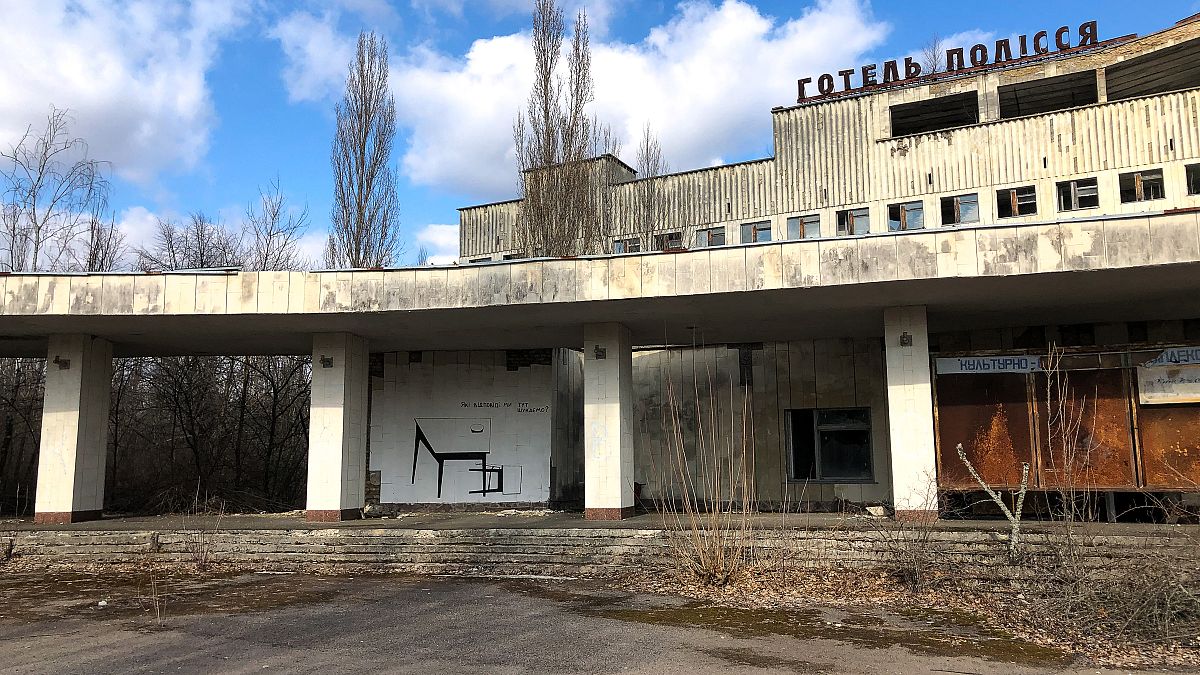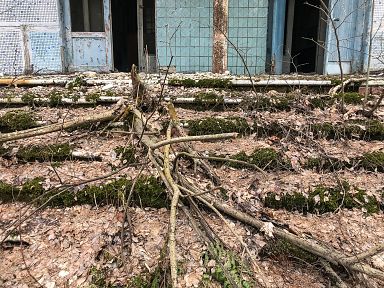Ukraine marks the 33rd anniversary of Chornobyl disaster, the biggest one in the history of nuclear energy.
Ukraine marks the 33rd anniversary of the Chernobyl disaster, the biggest one in the history of nuclear energy.
The consequences of it are still impossible to evaluate – but we do know that a huge radioactive cloud gradually reached almost every corner on Earth.
The first responders worked on the station with the minimum of protective clothing, around 30 of them died from radiation poisoning in days. Overall, over half a million people took part in clean-up efforts.
Oleksiy Breus, was among them, initially, he was an operator of the 4th block control panel, on duty on the day of the disaster there, he later joined the forces of the first responders.
“Chernobyl is a big lesson, he told Euronews. We learned a lot technologically, and also in overcoming the results, and how to deal with it, how to use it. Tourism is one of the options on how to use Chernobyl. Tourism here is not entertainment. Even when the tourists come here for entertainment, they return in a totally different mood. Visiting the exclusion zone gives a feeling that you are now connected to this event of the Biblical scale.”
Today, 30 kilometres around Chernobyl Nuclear Power plant remains to be an exclusion zone. In Prypyat, now a ghost town that previously served the Chernobyl Nuclear Power Plant, the deserted buildings decay slowly after the evacuation, trees grow on its boulevards.
Our correspondent Natalia Liubchenkova has returned there 3 times over the years, check her photographs in this gallery.
Breus says Chernobyl is a museum, even though it does not have an official status of one. The Association of Chernobyl Tour Operators has even bigger plans for it. For the past couple of years, it has been working on getting UNESCO World Heritage status for the exclusion zone.
Around 70 thousand tourists have visited it in the last year, most of them foreign. The fact they can stand next to the 4th reactor safely is a real achievement the head of the association, former radiation intelligence officer Serhiy Myrniy.
"The radiation now is lower in thousands of times than 33 years ago when I came here after the disaster. On the last stage, the newly installed shield over the 4th reactor helped to reduce the radiation, that was already quite low, by three times."
Slide below to see how the 4th reactor of Chernobyl Nuclear power plant looked before and after the installation of the new shield in 2016. Until then it was covered by an older casing installed shortly after the disaster. It served almost 30 years and needed to be changed for a long time.

